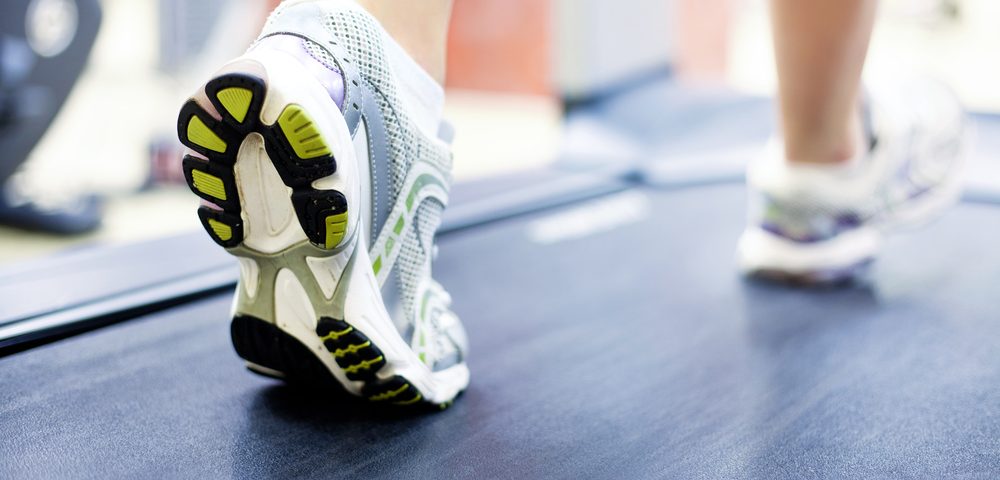Physical activity influences the body’s response to painful stimuli in older adults, according to results of a new study. Also, researchers found that people who are physically active have lower pain perception and cope better with painful stimuli.
These findings, presented in “Physical Activity Behavior Predicts Endogenous Pain Modulation In Older Adults” and published in the journal PAIN, may further understanding of how physical activity could control pain in people with chronic diseases such as fibromyalgia.
“Older adults compared with younger adults are characterized by greater endogenous pain facilitation and a reduced capacity to endogenously inhibit pain, potentially placing them at a greater risk for chronic pain,” researchers wrote. “Previous research suggests that higher levels of self-reported physical activity are associated with more effective pain inhibition and less pain facilitation on quantitative sensory tests in healthy adults.”
The study enrolled 51 healthy adults, aged 60 to 77 years, to investigate how physical activity influenced the sense of pain and pain inhibition. Participants wore an activity monitor device to measure their level of physical activity for one week.
Researchers then assessed pain modulation (how pain is perceived by the brain) with two tests. The “temporal summation” test measured pain responses to repeated painful stimuli, whereas the “conditioned pain modulation” measured the inhibition of pain responses to painful stimuli.
Results indicated that people with a less sedentary lifestyle, and who frequently practiced light physical activity, had significantly better pain inhibition. People who practice moderate to vigorous physical activity had less pain facilitation.
“This study provides the first objective evidence suggesting that physical activity behavior is related to the functioning of the endogenous pain modulatory systems in older adults,” researchers wrote.
“Our data suggest that low levels of sedentary behavior and greater light physical activity may be critical in maintaining effective endogenous pain inhibitory function in older adults,” they concluded.
More studies are warranted to understand exactly how physical activity programs may decrease or prevent pain in older people, the researchers recommended. It also may be possible to determine how the necessities of each person can be matched to the appropriate type of physical activity that can improve pain responses.

